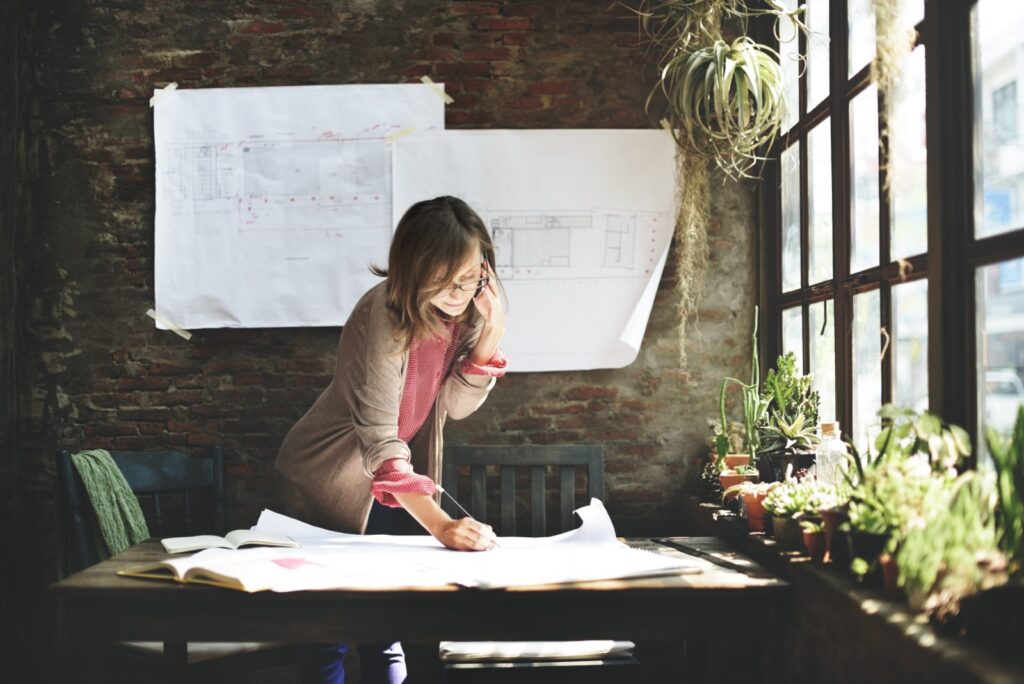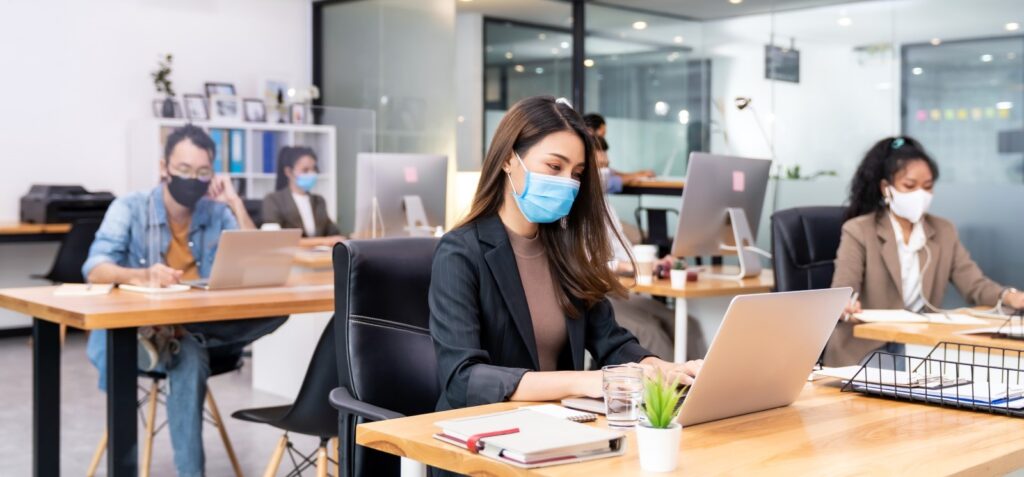Before the pandemic, an average office worker spends 40 or 50 hours per week inside the workplace. As businesses prep for the new normal and business re-entry post-lockdown, commercial landlords and property owners begin to realize how the office space impacts and affects the overall well-being and safety of their employees.
RELATED: Taking care of your mental health: Why it matters in time of a pandemic
The new normal presents an opportunity to provide a better work environment for employees and uplift their mental well-being. While most local and international guidelines and protocols focus on the safety of employees and reducing any potential exposure to the virus, it is also essential to consider how returning to the office will impact workers’ mental health. Many studies show that office spaces impact the mental health and cognitive function of employees, especially as they face more stress and anxiety while working. According to research, employees inside a confined space for long periods of time can suffer from mental burnout, demotivation, and added stress.
In a report by Entrepreneur, a healthy workforce can improve output due to lower stress levels and employee absences. A more holistic approach is also encouraged by some experts. In the same report, the corporate wellness program can go beyond physical, mental, social, and emotional needs. Mental health is an aspect that is most often overlooked by employees and employers alike when
Managing Stress and Anxiety
A healthy workplace can help employees manage stress and relieve anxiety. According to commercial interior designers, certain aspects of the office can contribute to increasing motivation, boosting morale, and productivity.
Gensler reported that biophilic and green features such as outdoor spaces and access to natural lighting can help reduce stress, anger, and anxiety. It can also lead to improved self-esteem and a better image of self in the long run.
Experts suggest that providing areas when employees can take a break, relax, and socialize is a simple step in helping them cope with the workload better and reduce the feeling of burnout while in the workplace. In the post-pandemic timeline, companies should be careful in providing common and social spaces while still strictly implementing physical and social distancing measures to protect employees from contracting the virus.
READ MORE: Safer and Better Normal: What’s the best workspace layout in a post-pandemic world?

Better Brain Function
Studies prove that the brain’s cognitive performance is affected by the environment it is in. Workplace strategists and design experts suggest that offering a multi-sensory design in the office can improve the employees’ mental health and boost their cognitive function. Stimulating people’s senses of sight, touch, smell, and hearing can lead to a better performance at work in a less stressful and overwhelming environment.
One research found that occupants of a healthy workplace scored higher in cognitive tests, slept better, and reported fewer health symptoms. Green features such as access to natural light, green walls, and optimal indoor air quality are also proven to significantly impact the employees’ thinking abilities, capabilities to focus, and retain information. Moreover, they are more productive and inspired to complete tasks at hand.
Premium Green Buildings for Mental Health
Premium green buildings and commercial developments, such as JEG Tower @ One Acacia, ensure that the workplace design does not compromise the safety, security, and functionality of the space. Instead, it adds value to the often-overlooked aspect of design, which is to promote holistic wellness to its occupants.
By providing safe spaces where tenants can relax, socialize, and reflect, JEG Tower @ One Acacia lives up to its vision of advocating for the overall well-being of its occupants while in the office. A healthy workplace should go beyond physical modifications and provide greater support for employees to their psychosocial needs. Backed by JEG Development Corporation’s vision of revolutionizing work-life balance in Cebu City, JEG Tower promotes the importance of mental health and stress management in the office and offers realistic measures on how to address it.
Want to learn more about JEG Tower @ One Acacia? Contact Lorenzo Rodriguez at (+63) 917-825-6884. For inquiries and more information, call us at (+63) 2-8403-5519 or send an email to info@kmcmaggroup.com.







